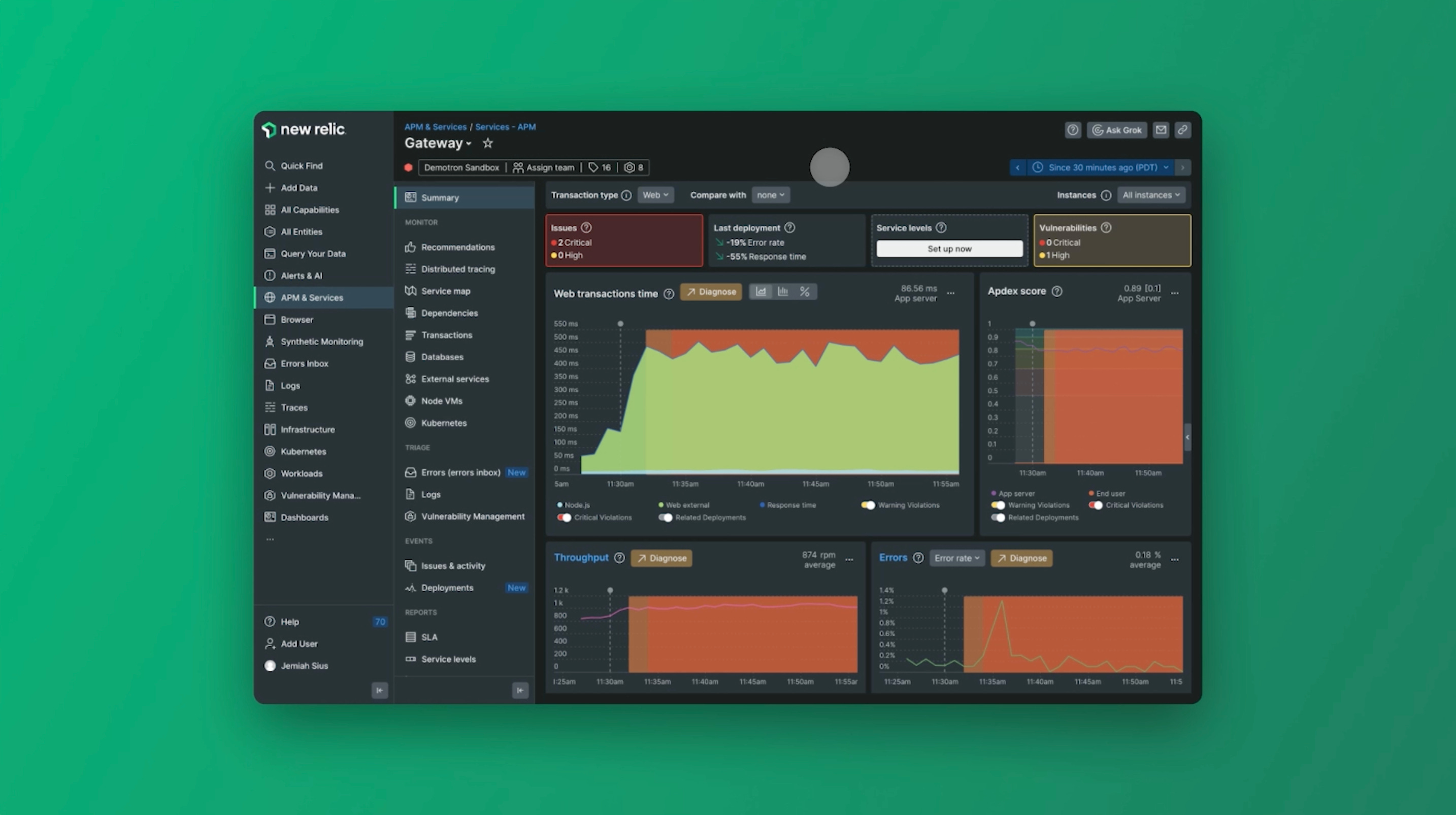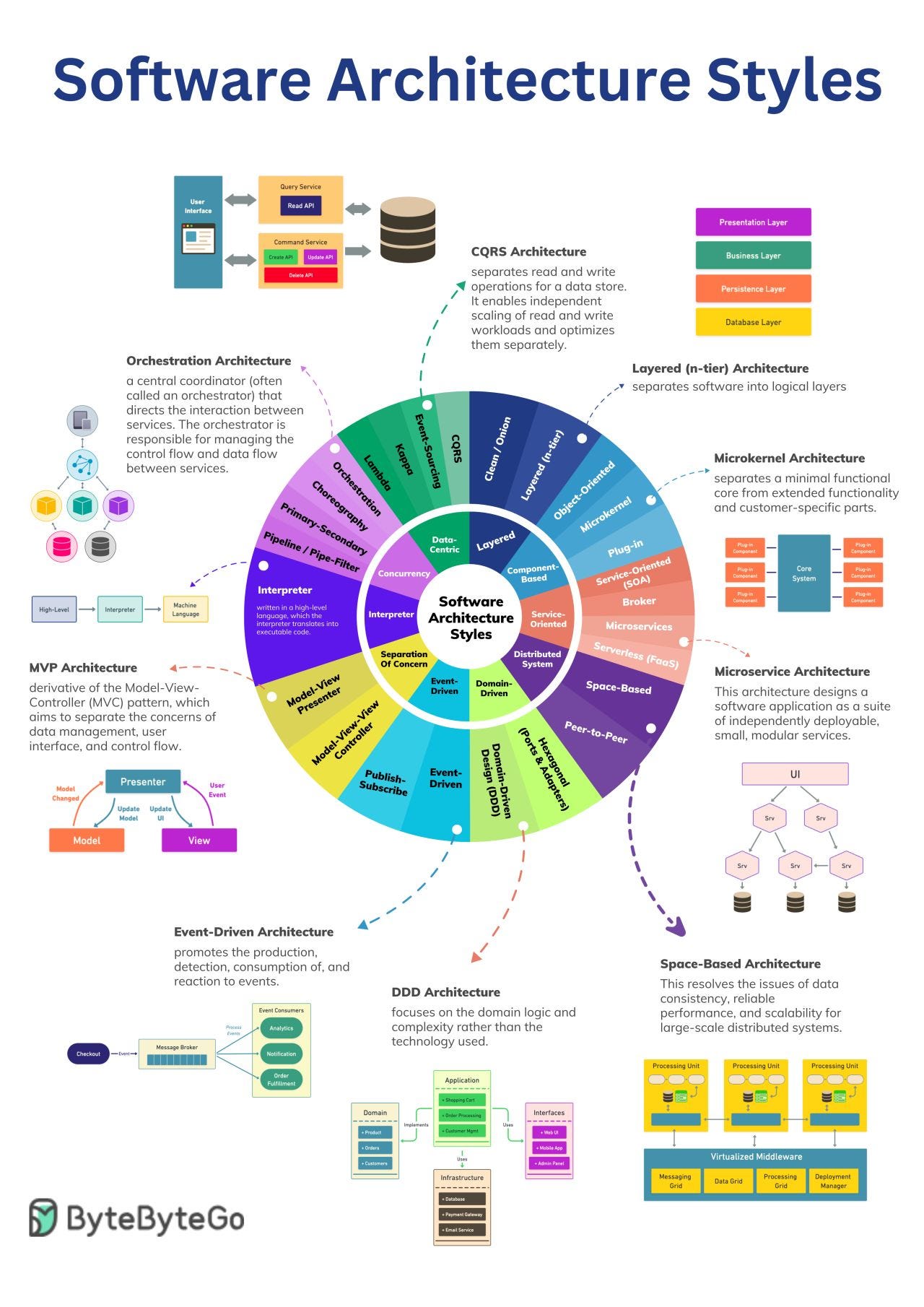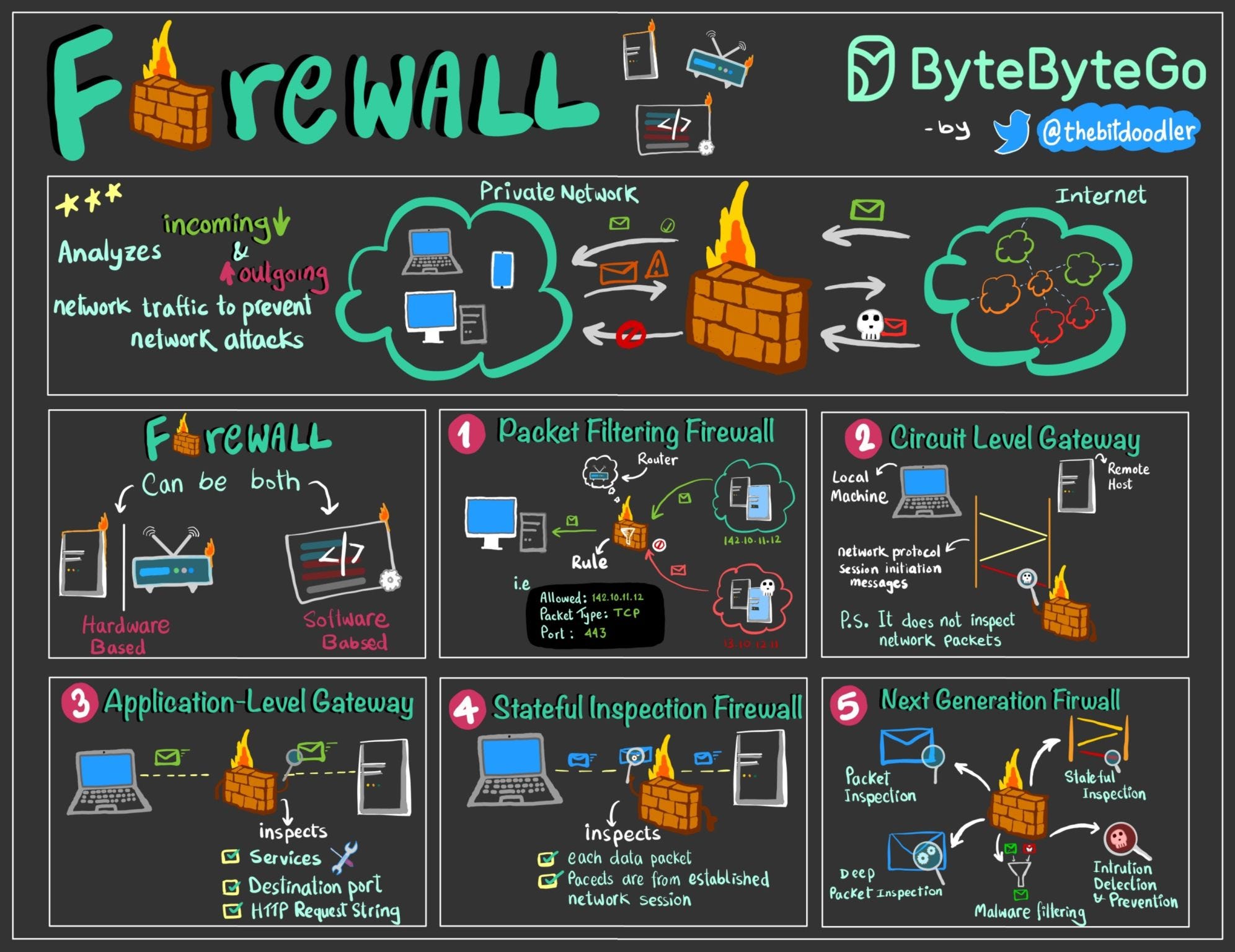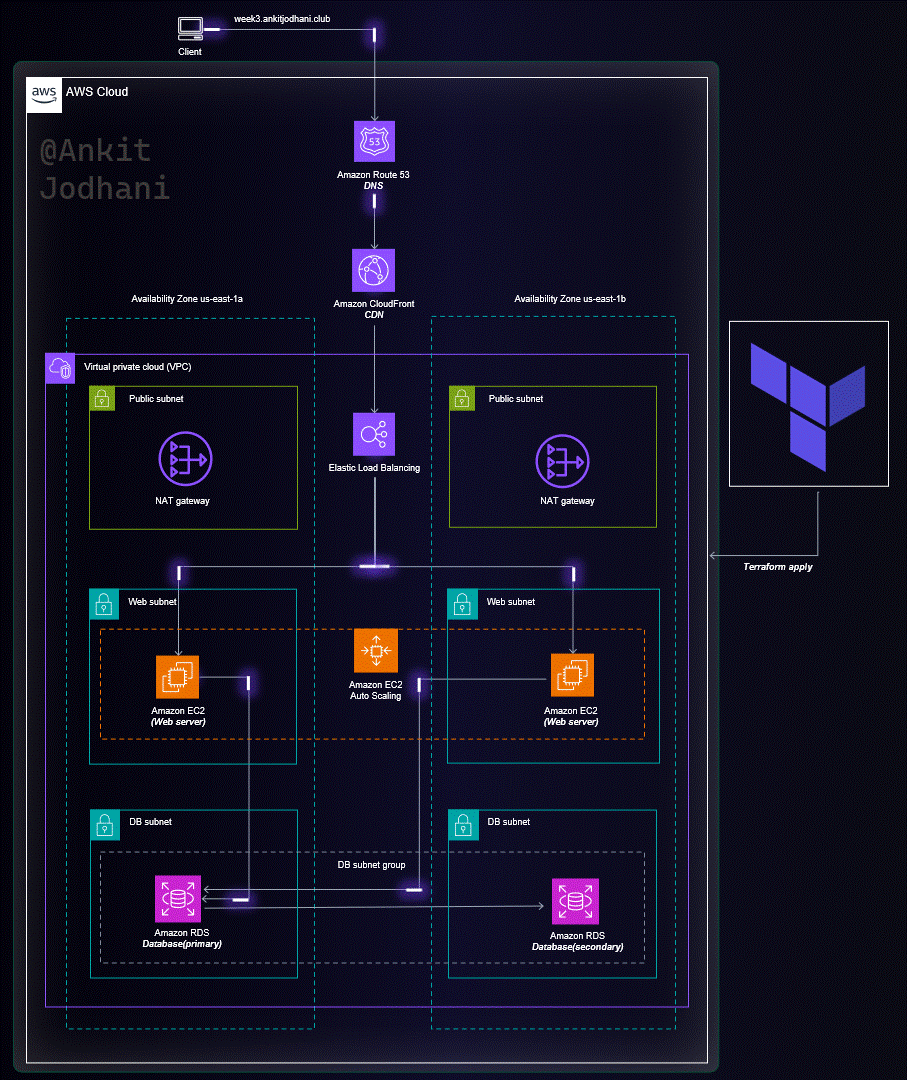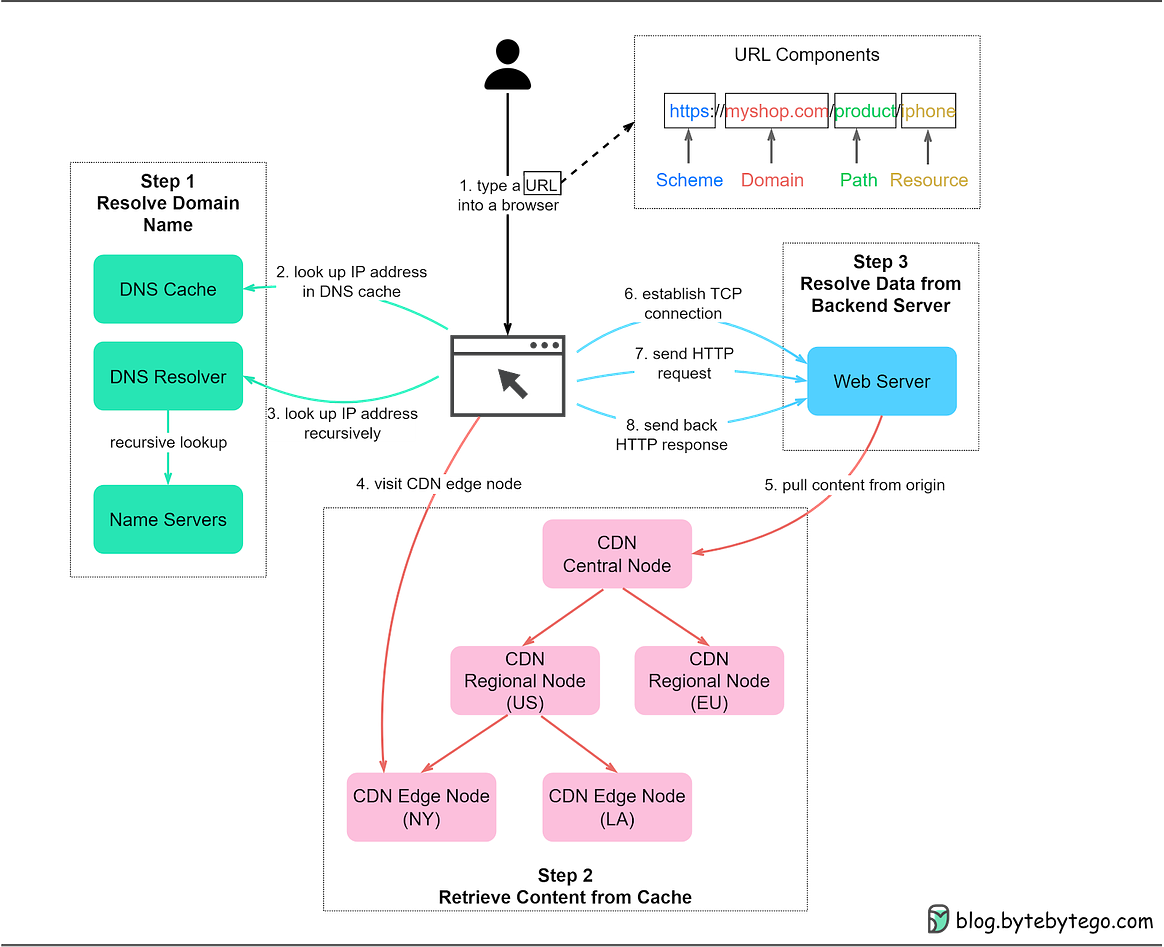- Mailing Lists
- in
- EP68: Top architectural styles
Archives
- By thread 5360
-
By date
- June 2021 10
- July 2021 6
- August 2021 20
- September 2021 21
- October 2021 48
- November 2021 40
- December 2021 23
- January 2022 46
- February 2022 80
- March 2022 109
- April 2022 100
- May 2022 97
- June 2022 105
- July 2022 82
- August 2022 95
- September 2022 103
- October 2022 117
- November 2022 115
- December 2022 102
- January 2023 88
- February 2023 90
- March 2023 116
- April 2023 97
- May 2023 159
- June 2023 145
- July 2023 120
- August 2023 90
- September 2023 102
- October 2023 106
- November 2023 100
- December 2023 74
- January 2024 75
- February 2024 75
- March 2024 78
- April 2024 74
- May 2024 108
- June 2024 98
- July 2024 116
- August 2024 134
- September 2024 130
- October 2024 141
- November 2024 171
- December 2024 115
- January 2025 216
- February 2025 140
- March 2025 220
- April 2025 233
- May 2025 239
- June 2025 303
- July 2025 173
EP68: Top architectural styles
EP68: Top architectural styles
This week’s system design refresher:
New Relic APM 360: The industry’s next evolution of APM (Sponsored)Prevent issues before they occur. New Relic APM 360 goes beyond incident response and unlocks daily performance, security, and development insights for all engineers in one unified view. 1 year of Youtube Top architectural stylesIn software development, architecture plays a crucial role in shaping the structure and behavior of software systems. It provides a blueprint for system design, detailing how components interact with each other to deliver specific functionality. They also offer solutions to common problems, saving time and effort and leading to more robust and maintainable systems. However, with the vast array of architectural styles and patterns available, it can take time to discern which approach best suits a particular project or system. Aims to shed light on these concepts, helping you make informed decisions in your architectural endeavors. Firewall explained to Kids… and AdultsA firewall is a network security system that controls and filters network traffic, acting as a watchman between a private network and the public Internet. They come in two broad categories: Two-tier infrastructure on AWSAn amazing illustration of how to use Terraform to create a robust Two-tier infrastructure on AWS. Paradigm Shift: How Developer to Tester Ratio Changed From 1:1 to 100:1This post is inspired by the article "The Paradigm Shifts with Different Dev:Test Ratios" by Carlos Arguelles. I highly recommend that you read the original article here. 1:1 ratio (~1997) Latest articlesHere are the latest articles you may have missed: To receive all the full articles and support ByteByteGo, consider subscribing: © 2023 ByteByteGo |
by "ByteByteGo" <bytebytego@substack.com> - 11:37 - 15 Jul 2023
